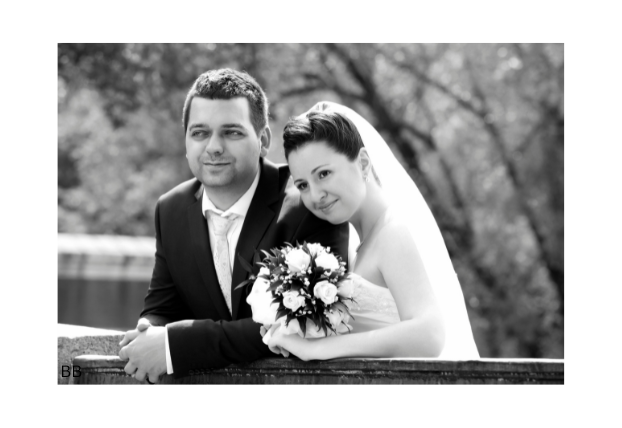Have you ever noticed how endless hours spent on your phone can leave your brain feeling foggy? It’s like all that scrolling dims your creative spark, doesn’t it? Cutting back on screen time can be a game-changer for reawakening your imagination.
Our digital devices, with their constant notifications and distractions, often pull our attention in a thousand different directions, leaving little room for creativity to flow. But by setting them aside—even for just a bit—we create space for fresh ideas and perspectives to emerge.
It’s not just intuition saying this; there’s science to back it up. Numerous studies suggest that constant phone usage can stifle creative thinking. When our brains are continuously bombarded with irrelevant information, notifications, and an endless barrage of media, they’re too busy to let the natural processes of imagination and problem-solving kick in.
It’s like trying to paint a masterpiece while someone’s constantly tapping on your shoulder—you can’t focus. Giving your brain some breathing room can unlock that creative potential lying dormant.
Carve Out Phone-Free Zones
One simple yet transformative idea is to create “phone-free zones” in your daily life. Think of these as safe havens for your mind to wander freely, unshackled by the digital noise. Imagine savoring your morning coffee without glancing at your screen or waiting for an appointment without scrolling through social media.
These moments of mindfulness can become fertile ground for creativity. It’s in these quiet pauses that your brain has the chance to connect dots, dream up new ideas, and see the world in a fresh way.
Going offline doesn’t just boost your creativity; it also improves focus and brings a sense of stillness that’s so rare in our tech-saturated world. Suddenly, you start noticing the little things—the sound of birds chirping, the way sunlight filters through leaves, or the textures and colors of your surroundings.
These observations can become a wellspring of inspiration, far richer and more authentic than the curated worlds we encounter online. Less screen time can even deepen your capacity for empathy and encourage deeper thinking, both of which are vital for truly innovative ideas.
Rediscover Creativity Through Hobbies and Boredom
In today’s hyper-connected world, we’ve almost forgotten how to be bored. Yet, boredom is often the starting point for creativity. When your mind isn’t preoccupied, it starts to wander, filling the blank spaces with new thoughts and ideas.
This mental wandering is where some of the most innovative and unexpected connections happen. Think about it: how often have your best ideas come to you while daydreaming in the shower or staring out a window?
Hobbies can also play a pivotal role in sparking creativity. Whether it’s painting, writing, gardening, or woodworking, engaging in activities you genuinely enjoy challenges your brain in new ways.
These pursuits not only push your creative boundaries but also provide a much-needed break from the monotony of everyday life. They’re a chance to step away from the screens and immerse yourself in something hands-on and fulfilling.
Curiosity, often born out of boredom or hobby exploration, acts as a powerful engine for creativity. It drives you to ask questions, seek new perspectives, and explore uncharted territories. When you’re curious, you open the door to endless possibilities.
Research supports this, showing that hobbies not only inspire creativity but also improve problem-solving skills. They introduce novelty into your routine, breaking up the predictability and giving your brain the freedom to roam and find inspiration in unexpected places.
How to Start a Hobby-Driven, Creativity-Boosting Digital Detox
Embarking on a digital detox doesn’t have to be overwhelming. The key is to make it fun and manageable. Start by finding hobbies that genuinely excite you—ones that don’t require a screen. Maybe it’s cooking, knitting, sketching, or building model airplanes. The possibilities are endless.
To kick things off, designate specific “tech-free” times during your day. It could be an hour in the morning or during your lunch break. Use this time to dive fully into your chosen activity.
Turn off notifications, put your phone in another room, and immerse yourself in the textures, tools, and processes of your hobby. This mindful engagement not only enhances your skills but also sparks creativity by pulling you deeply into the moment.
If the idea of going offline feels daunting, start small. Try a weekend project, like baking a new recipe or tackling a DIY craft. Notice how it feels to focus on something without digital interruptions.
Over time, you’ll likely find your mind clearer, your mood brighter, and your creativity more vibrant. Gradually increase your tech-free time as you build confidence in navigating life without constant connectivity.
The benefits of a digital detox extend far beyond the immediate sense of accomplishment. You’ll experience clearer thinking, greater resilience to stress, and even a boost in your overall well-being. Plus, you’ll gain or refine a skill that brings you joy—a win-win for your mind and spirit.
Keeping the Creative Spark Alive
Once you’ve started to feel the benefits of reduced screen time and rediscovered your creative side, the next challenge is to maintain this momentum. The secret lies in consistency and intentionality. Make tech-free time a regular part of your routine, not just a one-off experiment.
Set boundaries with your devices, ensuring they serve you rather than the other way around. Apps and gadgets have their place, but they shouldn’t dictate how you spend your precious free time.
View your creative activities not just as hobbies but as vital nourishment for your mind. Think of them as workouts for your brain, where each session strengthens your ability to think, imagine, and innovate. Prioritize these moments as non-negotiable parts of your schedule, just like you would with exercise or sleep.
Explore new hobbies or deepen your involvement in the ones you already love. Maybe swap an hour of TV for an evening painting class, or trade your habitual social media scroll for a morning hike. The key is to keep challenging yourself with fresh and meaningful experiences that stimulate your imagination.
Even as you become more mindful of your digital habits, it’s important to regularly reassess your relationship with technology. Are your devices serving your goals and creativity, or are they becoming distractions again? By staying aware and intentional, you can ensure that your screen time enhances rather than stifles your imaginative potential.
Final Thoughts
Reclaiming your creativity in a tech-driven world doesn’t require a complete digital shutdown. Small, conscious steps—like carving out phone-free zones, rediscovering hobbies, and allowing yourself moments of boredom—can make a big difference. These shifts create the mental space needed for ideas to flow and for you to reconnect with your imaginative side.
By striking a healthier balance between the digital and the real, you’ll not only unlock your creative potential but also enrich your life in countless ways. So, what hobby will you try today? And when will you take your first step toward a more inspired, screen-free life?


